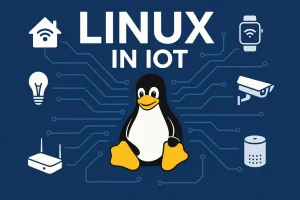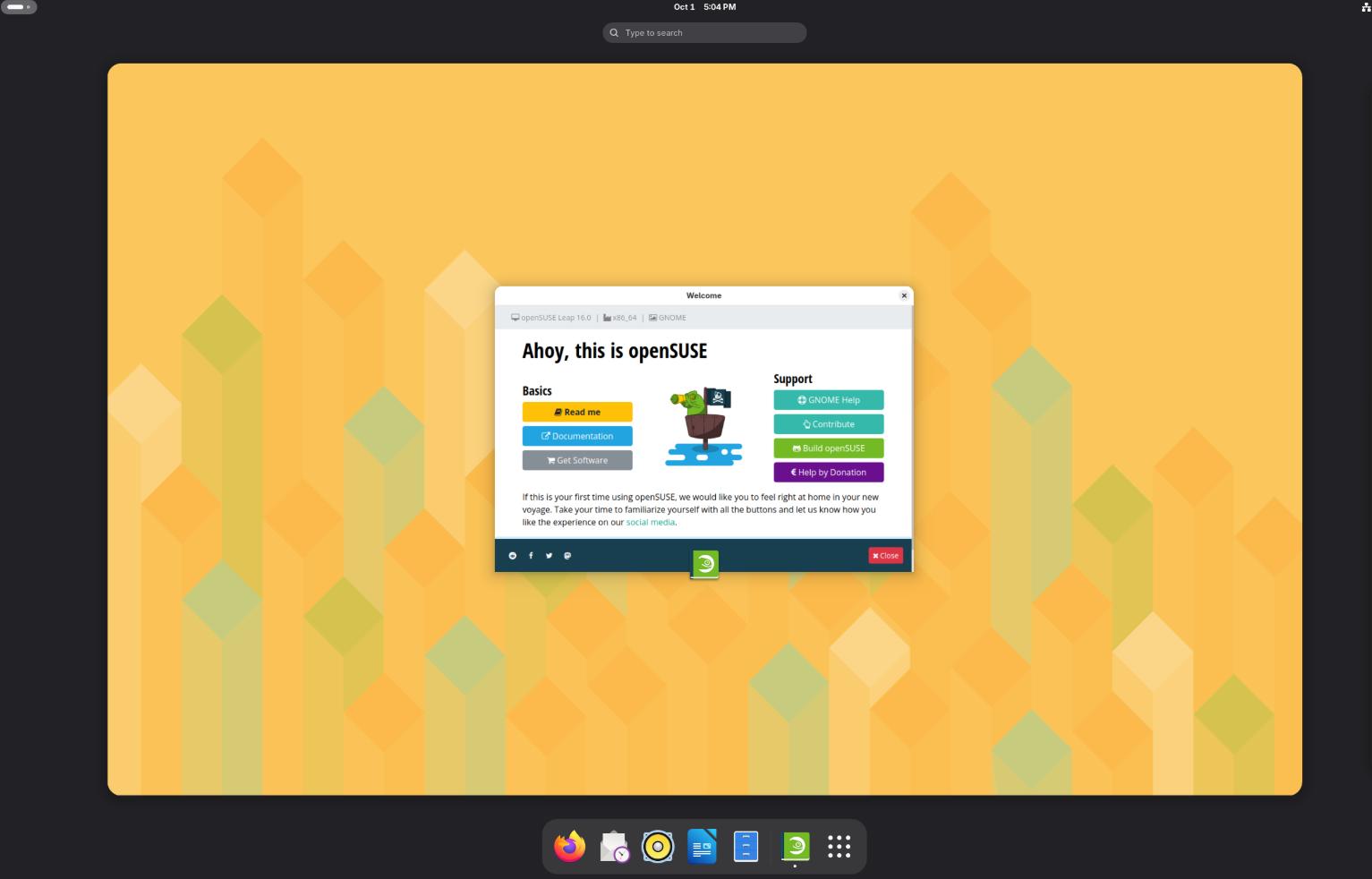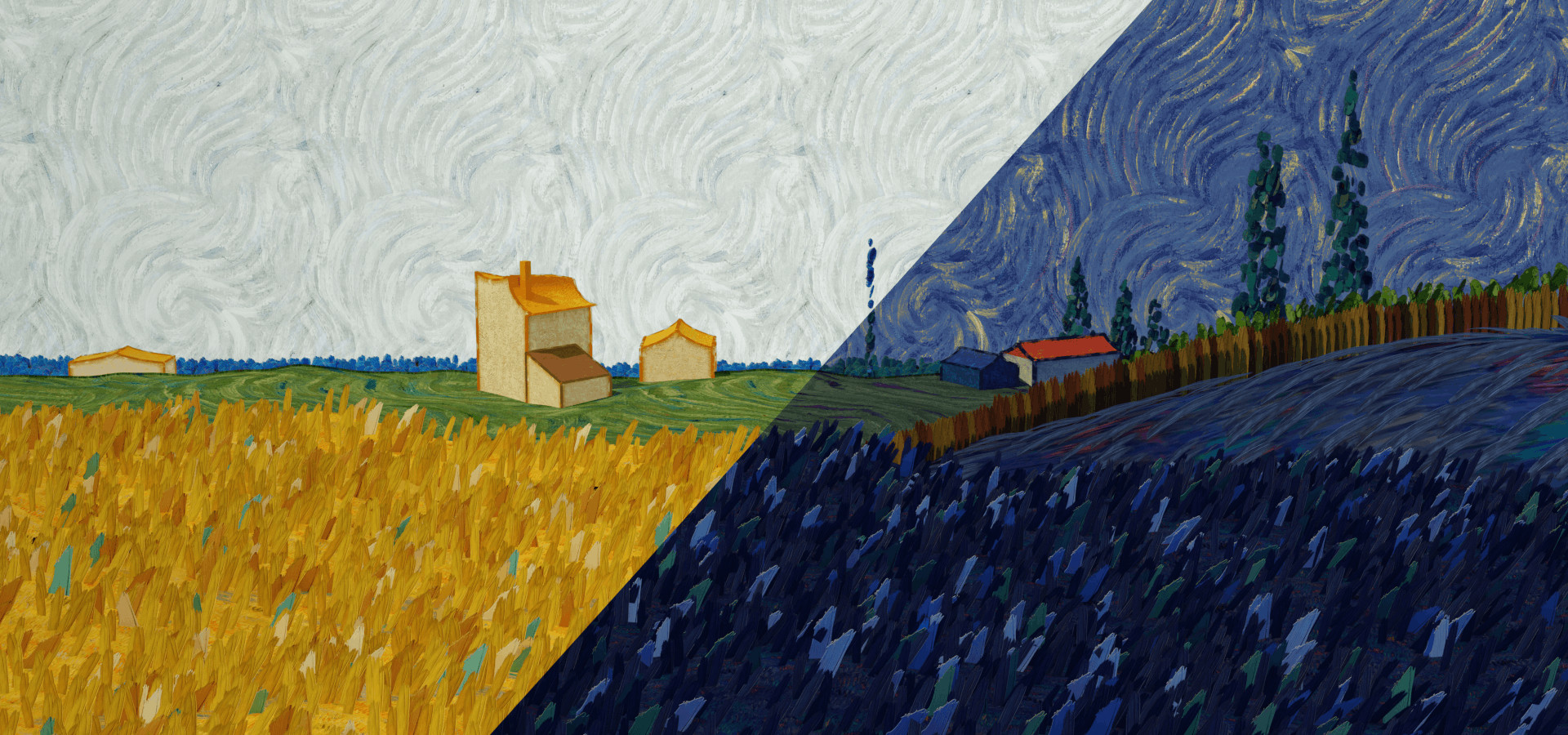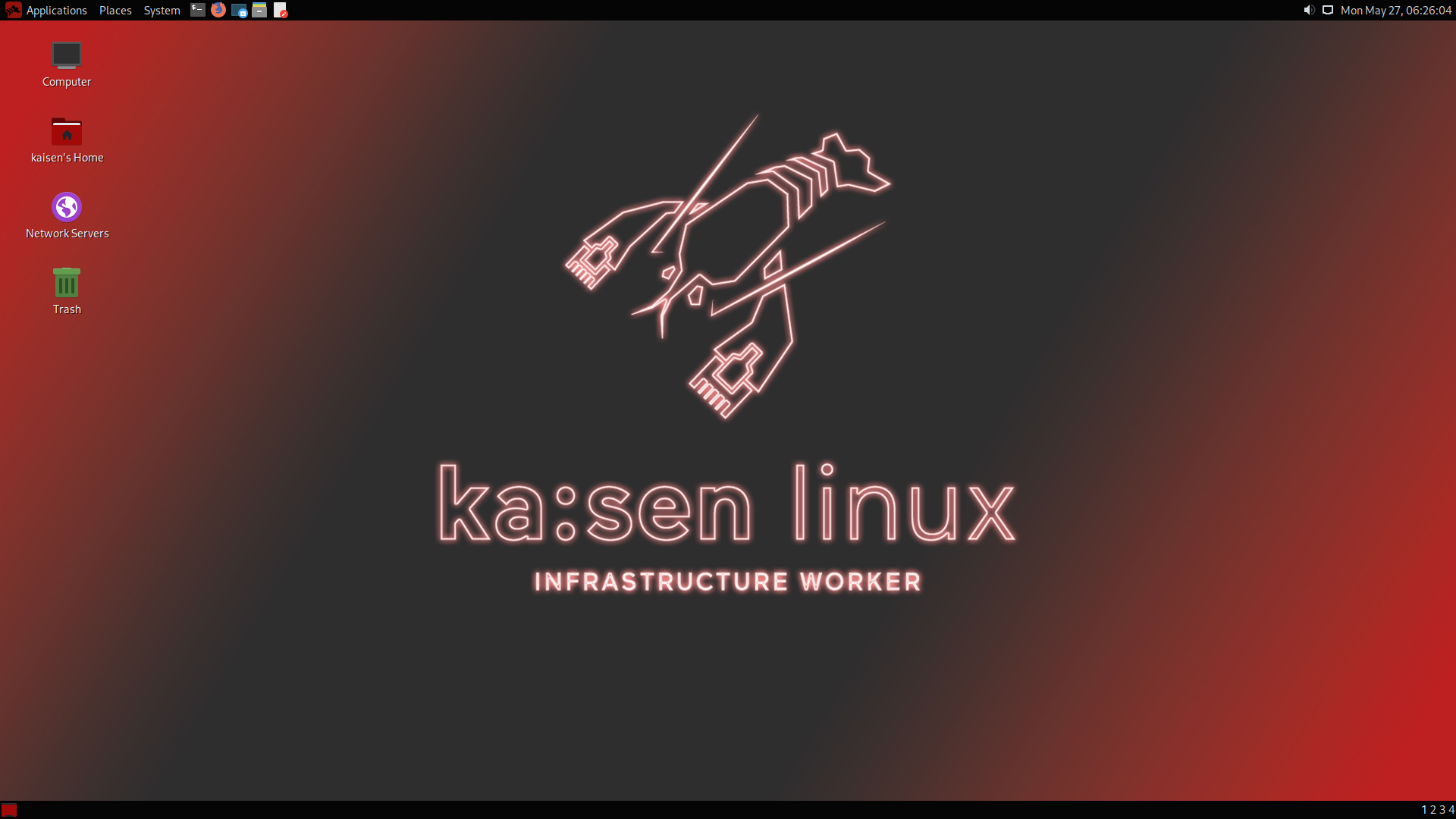The Linux world is full of innovation, and every so often, a distribution emerges that fills a specific niche with style and purpose. GLF OS, short for Gaming Linux France OS, is one such distro — designed and optimized for PC gamers who want the power, freedom, and security of Linux, without sacrificing performance or ease of use.
GLF OS may not be a household name just yet, but it’s gaining attention among those who want to enjoy gaming on Linux without spending hours configuring drivers, dependencies, or Wine-based compatibility layers. If you’re curious about a gamer-centric Linux distro with a French touch, GLF OS deserves a closer look.
What Is GLF OS?
GLF OS is a Linux distribution built specifically with gamers in mind. Created by a team of enthusiasts in France, it is based on Debian, one of the most stable and respected Linux distributions. However, GLF OS doesn’t stop at just being “another Debian-based distro.” It enhances the core system with gaming tools, preinstalled software, and an optimized desktop experience out of the box.
Its goal is clear: make gaming on Linux accessible, simple, and performant.
Designed for Gamers, by Gamers
Unlike general-purpose distributions that require users to manually set up everything from GPU drivers to Proton support, GLF OS comes preconfigured with the gaming essentials:
- Steam and Lutris for managing both native and Windows-based games
- Proton GE integration for better compatibility with many modern titles
- Wine and DXVK/VKD3D preinstalled for Windows game support
- MangoHUD and GameMode for real-time performance monitoring and system optimization
These tools are typically what Linux gamers manually install on distributions like Ubuntu or Arch, but GLF OS makes it effortless. The moment the system is installed, it’s ready to launch your games.
Performance and Hardware Support
One of the most critical elements of any gaming system is hardware compatibility. GLF OS includes:
- Preinstalled proprietary NVIDIA drivers
- Support for AMD and Intel GPUs
- Updated kernel and Mesa drivers for improved performance
This means less time spent troubleshooting drivers and more time actually playing games. Whether you’re using a high-end gaming rig or a modest laptop, GLF OS aims to provide optimal performance through system tweaks and out-of-the-box support.
The developers are also mindful of resource usage. GLF OS ships with a lightweight desktop environment (usually XFCE or LXQt, depending on the version), which ensures that more system resources are dedicated to games rather than background bloat.
Software and Interface
GLF OS balances usability and minimalism. The desktop is clean, responsive, and intuitive, even for Linux newcomers. Most distributions require gamers to install the basics — terminal emulators, file managers, game launchers — but GLF OS comes preloaded with:
- Game launchers (Steam, Heroic Games Launcher, Lutris)
- Multimedia tools (VLC, MPV)
- Performance utilities (CPU/GPU monitoring, kernel optimizations)
- Wine and related compatibility layers
It’s not bloated, but it’s not barebones either. Think of it as a smart middle ground — a functional desktop that doesn’t require days of customization but also doesn’t overwhelm the user with clutter.
Target Audience
GLF OS is primarily designed for:
- Linux gamers who want a plug-and-play setup
- Windows users switching to Linux for gaming
- Developers or testers of Proton and Wine tools
- Enthusiasts looking for a low-latency, performance-optimized distro
It’s also beginner-friendly. While advanced users may appreciate the technical underpinnings, GLF OS works well even for those with no prior Linux experience. The GUI-driven installer, easy driver setup, and built-in gaming tools lower the barrier of entry significantly.
Development and Community
One of the standout features of GLF OS is that it’s developed by a small but passionate community. The maintainers are active in forums, always looking for feedback, and continuously refining the system based on user experience. Unlike large-scale distros with slow release cycles, GLF OS evolves quickly, often implementing the latest tweaks and features from the Linux gaming world.
Although the project is still relatively young, it benefits from the solid foundation of Debian. Stability is rarely an issue, and regular updates keep the gaming stack fresh and functional.
Advantages of GLF OS
Let’s summarize some of the standout benefits:
- Ready-to-play setup: No need to manually install Steam, Proton, or Wine.
- Performance optimizations: Lightweight environment and preconfigured tweaks.
- Out-of-the-box driver support: Especially useful for NVIDIA GPU users.
- Newbie friendly: Clean interface, simplified installation, minimal configuration.
- Community-driven: Feedback-based development and user-focused improvements.
Whether you’re playing native Linux games or Windows titles via Proton and Wine, GLF OS provides a smooth, efficient experience.
Limitations and Considerations
Of course, no distro is perfect. While GLF OS offers a ton of features out of the box, here are a few things to keep in mind:
- Smaller community support: You may not find answers as quickly as you would with Ubuntu or Arch.
- French influence: Some documentation or community posts may default to French, though the system itself is multilingual.
- Focused scope: This is a gaming OS first and foremost — it’s not ideal for servers or production environments.
That said, for its intended audience, GLF OS checks almost every box.
Final Thoughts
GLF OS is a shining example of how Linux can cater to very specific user needs without sacrificing usability or performance. It bridges the gap between the complexity of Linux gaming setups and the plug-and-play experience many users expect.
For Linux gamers — especially those tired of manual setup and configuration — GLF OS offers a polished, preconfigured alternative that just works. With thoughtful defaults, an optimized desktop, and all the right gaming tools built-in, it brings gaming on Linux one step closer to mainstream accessibility.
If you’re passionate about open-source gaming or just want to try a distribution that takes gaming seriously, GLF OS is worth checking out.
openSUSE 16 Leap 2025: A New Chapter in Stability and Innovation
openSUSE 16 has opened a bold new chapter with its latest Leap release, inviting users into a future…
FydeOS 21: A Modern Chromium OS Alternative for Everyday Computing
FydeOS has gained attention as one of the most polished alternatives to Google’s ChromeOS. Built on …
Kaisen Linux Discontinued: Developer Ends Project After 5 Years
Just weeks after Intel announced the termination of its Clear Linux OS, another specialized Linux di…



